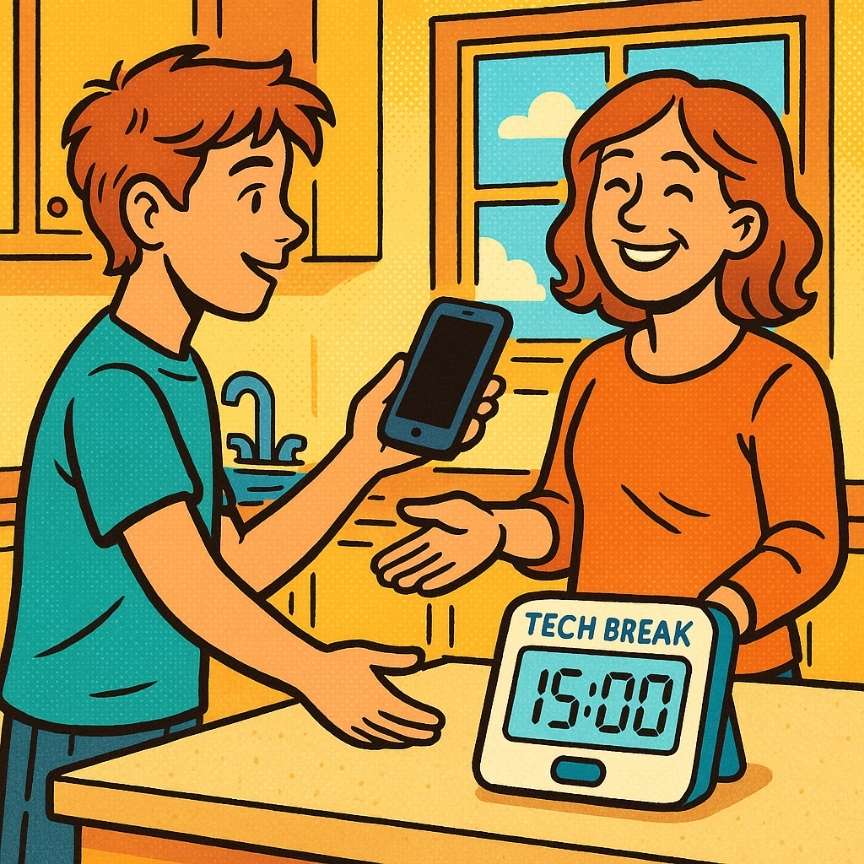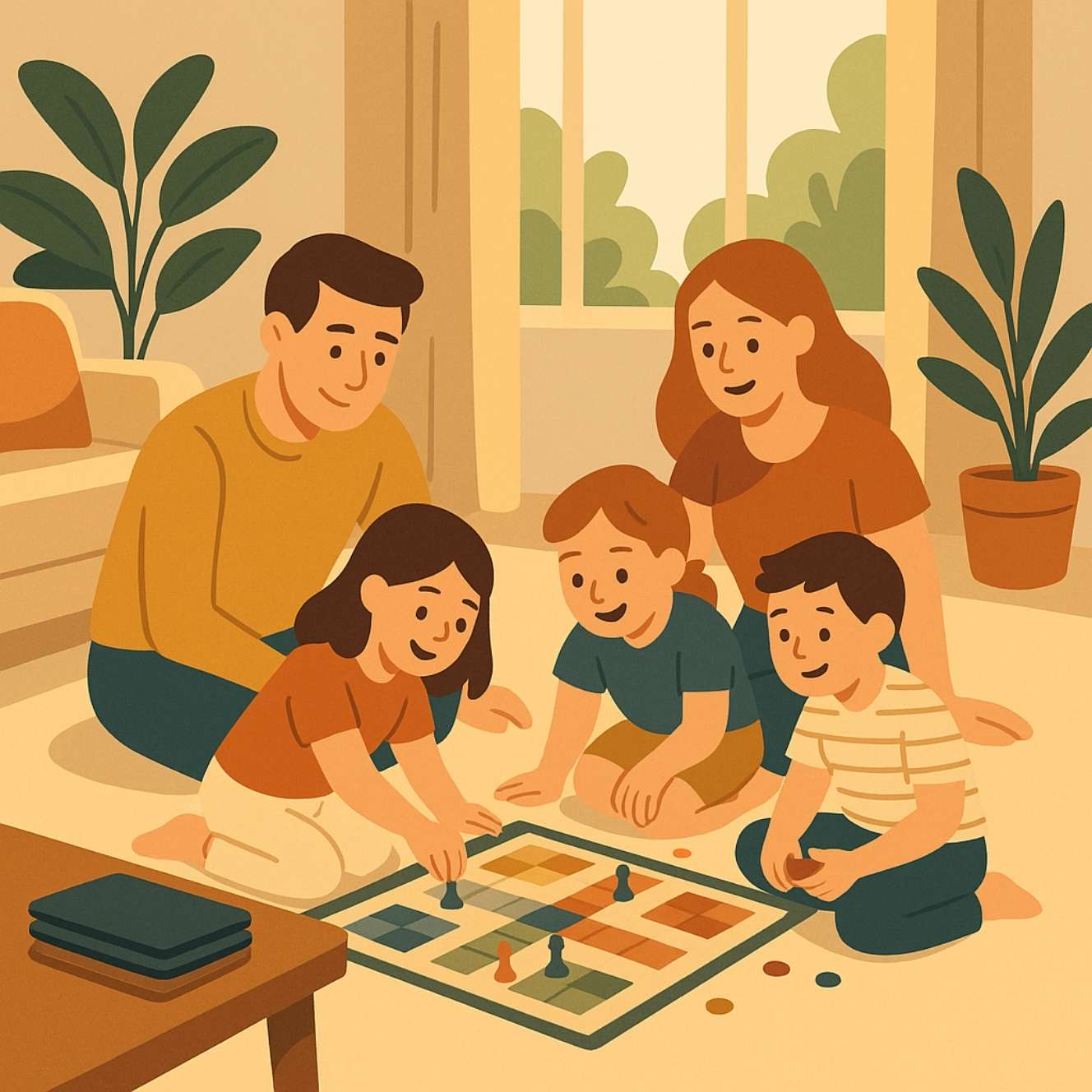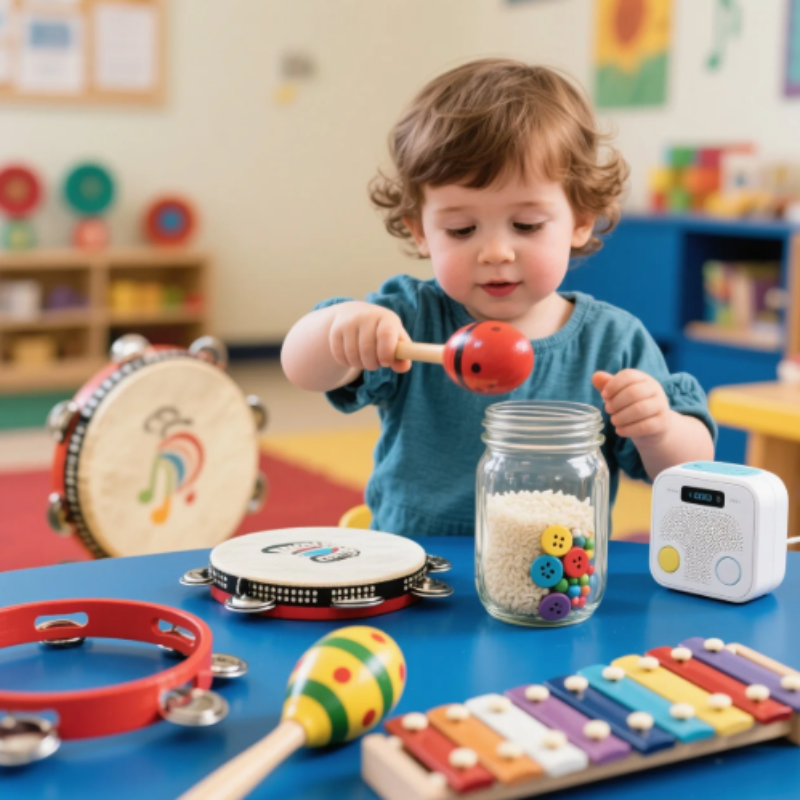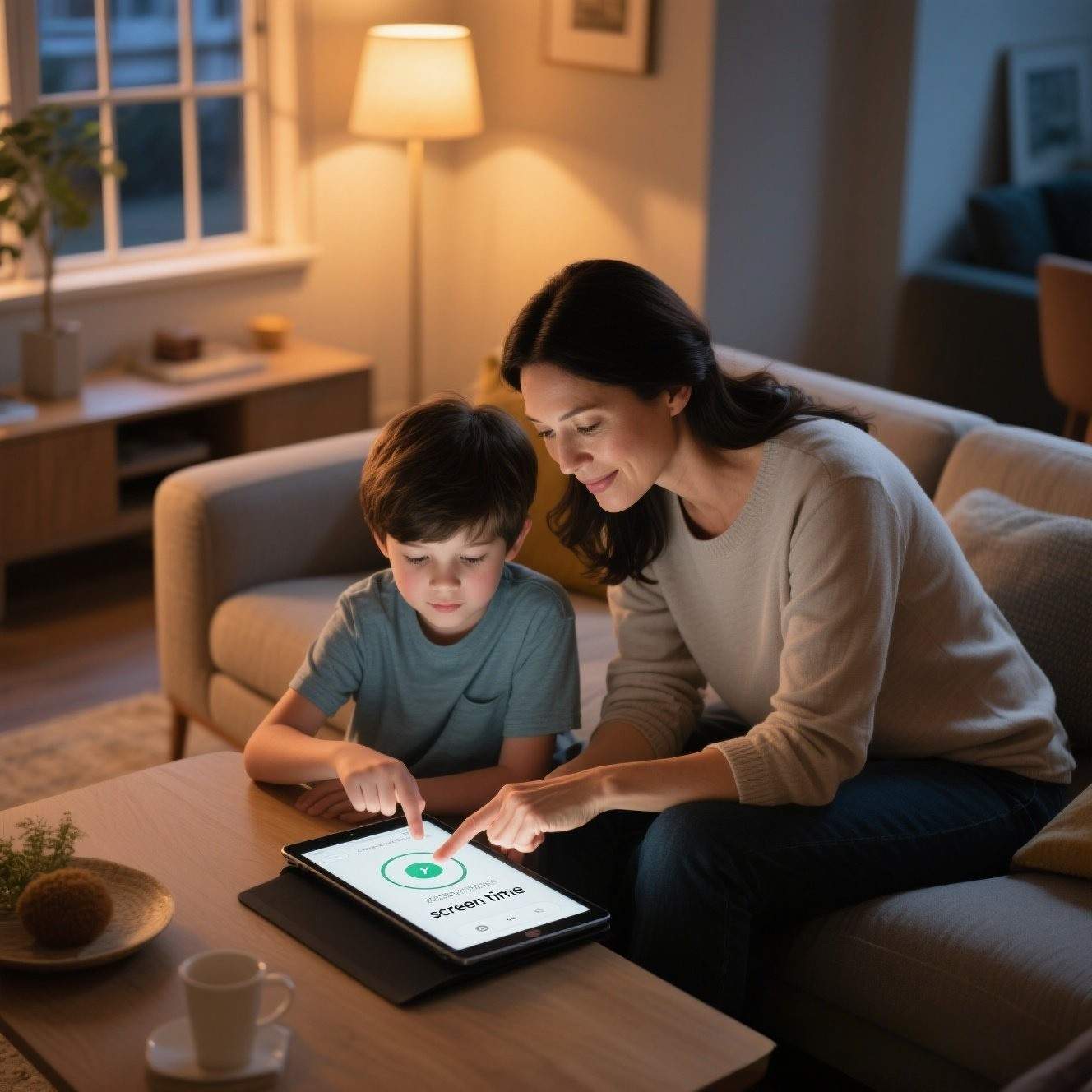Introduction
Screens have become the default backdrop for modern family life. From remote work and online classes to streaming cartoons and social‑media scrolling, parents and children often share the same glowing rectangles for hours without noticing how quickly those minutes pile up. While technology opens educational doors and keeps far‑flung relatives close, overuse can crowd out sleep, curb patience, and nibble away at genuine conversation. More families now ask a practical question: How many days of digital detox are truly effective for restoring balance at home? The answer depends on why your household needs a reset, how old your children are, and—most of all—how consistently everyone can keep healthy tech boundaries afterward. This article unpacks the research on optimal detox lengths and provides a step‑by‑step plan to make unplugging less stressful and more rewarding for everyone under one roof.
Understanding the Need for a Digital Detox
A digital detox is an intentional break from recreational screens—phones, tablets, computers, TVs, game consoles—to reduce overload and rekindle offline engagement. Unlike a vacation that simply relocates devices to a new Wi‑Fi network, a true detox removes or radically limits screen time so brains can downshift from constant alerts and dopamine spikes. Even brief interventions have been shown to improve sleep quality, lower perceived stress, and boost self‑reported well‑being in both adults and youth.
Signs of overload tend to surface first in everyday routines. Children might launch into tantrums when a video ends, struggle to focus on homework without checking a chat window, or delay bedtime because “one more episode” keeps autoplaying. Parents may catch themselves half‑listening during dinner, scrolling news or work emails between spoonfuls, or snapping at kids after an evening of multitasking. Gradually, devices begin replacing eye contact, shared stories, and outdoor adventures—eroding the emotional glue that holds families together.

Signs Your Family Might Need a Break
For children
- Sharp mood swings or meltdowns when asked to turn off a device
- Reluctance to play outdoors, read, or engage in non‑screen hobbies
- Growing pre‑sleep restlessness or nightmares tied to on‑screen content
For parents
- Decreased patience; irritation flares when kids interrupt online tasks
- Device “double‑screening” (watching shows while scrolling feeds) during family time
- Feeling wired at night or waking up to check notifications
Household red flags
- Meals routinely interrupted by beeps, pings, or video clips
- Weekends that pass with little physical activity beyond couch or bed
- Bedtimes drifting later because “family show” turns into binge watching
Family surveys consistently show that trimming daily screen exposure can reduce anxiety, improve focus scores, and strengthen household routines. Parents who tried a cold‑turkey weekend often observed initial crankiness followed by calmer evenings and faster bedtimes—an encouraging glimpse of what lies beyond the withdrawal hump.

How Many Days Is Enough?
No one‑size‑fits‑all number exists, but practical milestones keep cropping up in both research and real‑world practice:
| Detox Length | What Studies & Anecdotes Show | Best For |
|---|---|---|
| 3‑Day Reset | A long weekend without screens improves bedtime relaxation and highlights hidden dependency patterns. Parents who avoided devices two hours before sleep for three consecutive nights often fell asleep noticeably faster. | Quick reality check; suitable for first‑timers or skeptical teens |
| 7‑Day Balance Builder | Limiting social‑media use or other discretionary screens to a narrow daily window over one week typically boosts mood and sustained‑attention scores. Households gain time to test new hobbies and experiment with replacement routines. | Families needing to recalibrate schedules and carve out new shared activities |
| 14‑Day Behavioral Shift | Two weeks of abstinence or strict limitation can reset addictive scrolling behaviors, improve sleep architecture, and raise overall life satisfaction. Habits begin to re‑form around healthier defaults. | Those seeking deeper, habit‑level change—often tween/teen households |
Age matters.
- Toddlers (1‑3 yrs): Aim for a gentle three‑day detox paired with strict daily limits afterward (max one hour high‑quality content).
- School‑age kids (4‑11 yrs): Five‑to‑seven‑day break gets them past novelty withdrawal; reinforce with screen‑free zones (bedrooms, dinner table).
- Teens (12‑17 yrs): Seven‑to‑fourteen‑day detox helps rewire social and dopamine cycles; include them in rule‑setting to boost buy‑in.
- Adults: Minimum of three consecutive evenings without screens an hour before bed can reboot sleep rhythms; many parents find a full week necessary to curb reflexive checking.
Ultimately, consistency trumps duration. A short detox followed by well‑defined boundaries beats a heroic two‑week purge that collapses back into old habits.

Making It Work: A Practical Family Detox Plan
Day‑by‑Day Framework
| Day | Focus | Action Steps |
|---|---|---|
| 1 | Preparation | Hold a family meeting. Agree on goals, choose start date, gather board games/craft supplies. Designate a “device drop zone.” |
| 2–3 | Gradual Reduction | Cut all non‑essential screens by 50 %. Delete autoplay apps. Replace evening shows with card games or neighborhood walks. |
| 4–5 | Full Unplug | Institute screen‑free hours (e.g., 8 a.m.–8 p.m.). Parents model behavior by silencing work emails until kids’ bedtime. |
| 6–7 | Reflection & Routine | Journal or draw about feelings without screens. Plan long‑term rules—daily limits, tech‑free bedrooms, weekly unplug blocks. |
Engaging Alternatives for Kids
- Backyard “build a fort” challenge with blankets and clothespins
- Kitchen science: homemade slime or volcano experiments
- Family talent show night; record performances for fun once detox ends
Tips for Parents
- Schedule quick morning and late‑evening “tech check” windows for urgent work.
- Use grayscale mode after detox to make phone scrolling less rewarding.
- Re‑introduce devices only for purposeful tasks: educational videos, digital art lessons, video calls with grandparents.

Navigating Resistance and Setbacks
Even the most enthusiastic plan can hit turbulence. Expect children under ten to protest on day two and teens to insist they “need” social apps for friendships. Pre‑empt conflict by creating choice within limits: offer two offline activities rather than a yes/no device standoff. When meltdowns flare, empathize (“I know it’s hard to stop when the game is fun”) while holding the line (“After dinner you can play outside or help bake cookies”).
If co‑parents differ on rules, align on non‑negotiables—such as phones out of bedrooms at night—then add flexible zones (e.g., one family movie on Friday). Parental‑control tools can lock devices during agreed hours, but real success comes from shared routines: books before bed, Saturday morning bike rides, and Sunday evening planning sessions that pencil in screen breaks like any appointment.
Reward systems help: sticker charts for younger kids; extra choice of weekend activity for teens who stick to limits. Unlike punishment (“no phone because you argued”), framing detox as an investment in family connection keeps motivation positive.

Conclusion
A digital detox does not require a month in the mountains. In as little as three focused days, families often notice earlier bedtimes, calmer mealtimes, and more laughter around the table. Extend the break to seven or fourteen days and deeper habits start to shift: attention widens, hobbies resurface, and conversations feel less rushed. The key is to view detox not as punishment for screen love but as a chance to reconnect with each other—and with ourselves—offline. Start small, set clear boundaries, and watch meaningful changes unfold in just a few days.






